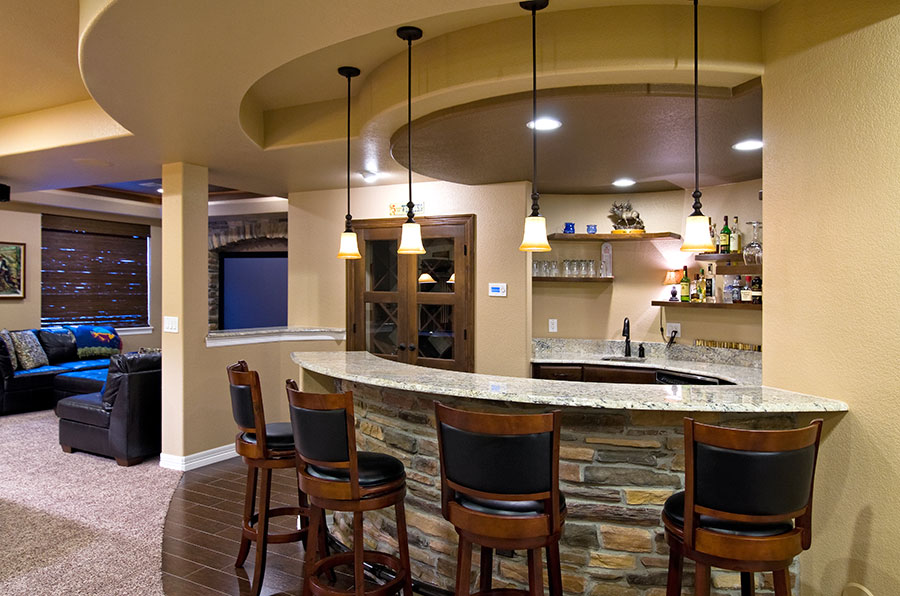What to Watch Out For When Renovating Older Houses
From mid-century houses to those built even earlier, they all have their charms. Maybe it’s the one-of-a-kind craftsmanship or architectural details that draw you. Or maybe it’s the beauty in its aged finishing materials.
Whatever moved your choice to settle in an older house, there are some specifics you should watch out for when you get down to renovating:
Damaged foundation
Time takes its toll on everything and it’s evident in a lot of older houses. With the foundation holding up everything for so long, there’s bound to be cracks you should be wary about. It also doesn’t help when mid-century house foundations were built with cinder blocks instead of sturdier cement ones. Depending on how damaged the foundation is, you’ll have to factor in the high costs of repairing it or most likely pouring a new foundation altogether.
Hazardous building materials
There’s a reason why building codes are always evolving. We often don’t realize until years down the road that the construction materials and methods we use are actually not as safe as we thought.
Older houses are full of questionable and even downright hazardous materials. Be on the lookout for lead-based paint as well as lead presence in plumbing pipes. And, of course, be extra careful with asbestos as it’s a common hazardous construction material used on houses in the old days. If traces of these hazardous materials are found, they should be removed by professionals only.
Corrosion-prone galvanized pipes
Besides getting rid of lead, you should also check if your plumbing is made from galvanized pipes. Galvanized pipes are no longer in use because they’re prone to corrosion and eventually clogging. If you have galvanized pipes for plumbing, you should think about replacing them with PVC or copper ones.
Unsafe electrical system
Our household electricity needs have increased massively since the last century. If old electrical boxes are not brought up to code to handle modern appliances and electronics, they’ll be safety hazards that run the risk of electrical fires starting. On top of upgrading the electrical box, make sure as well that all electrical outlets are grounded.
Single-pane windows
Windows are a major source of heat loss in a house and even more so if they’re single-pane windows often found in older houses. It’s always a good idea to invest in double-pane windows for better insulation and future heat cost-savings.
Odd floorplans
Tastes in living spaces change over the years so you may have to reconfigure room layouts to suit your needs. For example, houses back in the day tend to have smaller rooms. If you want larger rooms, you can knock down some non-load-bearing walls to combine small rooms together. Again, you should always leave that to a professional to handle for safety’s sake.
Keep in mind too that older houses mean a long history of multiple owners who had different standards for home improvements. As renovations are under way, you may find it necessary to fix or even completely overhaul some features so that everything is done properly. That can be an expensive exercise in and of itself.
The key to renovating older houses is finding that sweet balance between preserving the house’s character and remodeling with modern materials. And that can sometimes lead to treasure hunts for original construction materials at salvage stores! Whatever you do, ask your general contracting company for advice. By talking about what you’d like to preserve in the house, you have lots of opportunities to hash out some creative ideas together.






